Kia ora e te whanau,
On a lovely warm day, I flew from Wairoa to Waikawa to check in on the mahi being done by DoC. They currently complete biosecurity checks every month, for a few days at a time – checking traps for predators to the taonga being sanctioned on Waikawa, the tūturuatu, the said to be extinct moko (Hawks Bay skink) the kekeno and kororā, all active and carefree on Waikawa, all of which were sighted on my visit.
Asset managment was also on the agenda, to take stock of the buildings on Waikawa, the woolshed, the toolshed and the home, on the top end of Waikawa, the roof of the woolshed requires full repair, the toolshed is good and the 4 bedroom home, although derelict, discussion will need to be had as to its fate.
Helen Jonas is the lead, that ventures to Waikawa from the Department of Conservation, with a couple of colleagues and when mahi requires, volunteers from shareholders and retired DoC members.
The members of DoC are passionate about their mahi and do understand it is a privilege to mahi on Waikawa. The committee of TSI do encourage shareholders and their uri to volunteer to the mahi done on Waikawa, as the short to long term plan is to be self-sustainable kaitiaki for Waikawa, until that that day, please see the calendar (Waikawa page) and pānui for volunteer requirements as they come up.
I will link this website to the farms Facebook page and one other I have seen recently – must get their permission first. If you’d like to be admin to a page directly linked to TSI – this means actively contributing to the page to keep shareholders up to date, please get in touch.
Ngā mihi atu ki a koutou,
Marina


